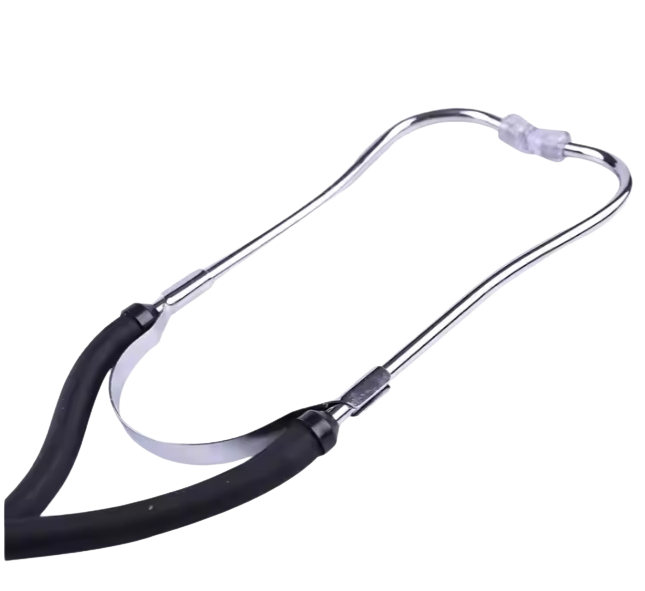Essential Guide to Cleaning and Disinfecting Veterinary Equipment: Stethoscope Sanitation Practices
10/2/20241 min read


Importance of Disinfecting Veterinary Equipment
In the veterinary field, maintaining proper sanitation practices is crucial for the health and safety of both animals and veterinary staff. Disinfecting equipment, particularly frequently used tools like stethoscopes, can prevent the spread of infections and ensure that procedures run smoothly. Being diligent about sanitation, especially with items that come in direct contact with patients, is not just a best practice; it is an essential part of veterinary care.
Steps for Proper Cleaning of Stethoscopes
Cleaning your veterinary stethoscope should be a routine part of your equipment maintenance. Here are the steps you should follow:
- Gather Supplies: You need a microfiber cloth, alcohol wipes, or a disinfectant solution suitable for medical instruments.
- Remove the Bell and Diaphragm: If possible, disassemble your stethoscope to clean its parts thoroughly.
- Wipe Down the Tubing: Use the disinfectant wipes to clean the tubing of the stethoscope carefully. This area can accumulate dirt and pathogens, so don’t skip this step.
- Focus on the Bell and Diaphragm: Clean these parts with a soft cloth dampened with disinfectant. Make sure to remove any residue left from previous examinations.
- Allow to Dry: Let all parts air dry before reassembling your stethoscope to ensure that no moisture is trapped.
Maintaining a Sanitary Workspace
While cleaning individual pieces of veterinary equipment is necessary, maintaining a comprehensive approach to sanitation in your workspace is equally critical. Regularly disinfect surfaces, and make sure that all tools and equipment are stored properly after cleaning. Having a clear protocol for sanitization not only enhances your practice's professionalism but also significantly reduces the risk of cross-contamination.
In summary, taking the time to properly clean and disinfect your veterinary equipment—especially high-touch items like stethoscopes—will benefit both your practice and the pets you care for. Establishing a routine and adhering to infection control guidelines can make a notable difference in sanitation practices in veterinary care.
© 2024. All rights reserved.
